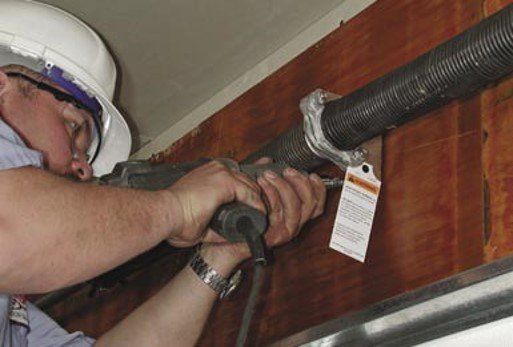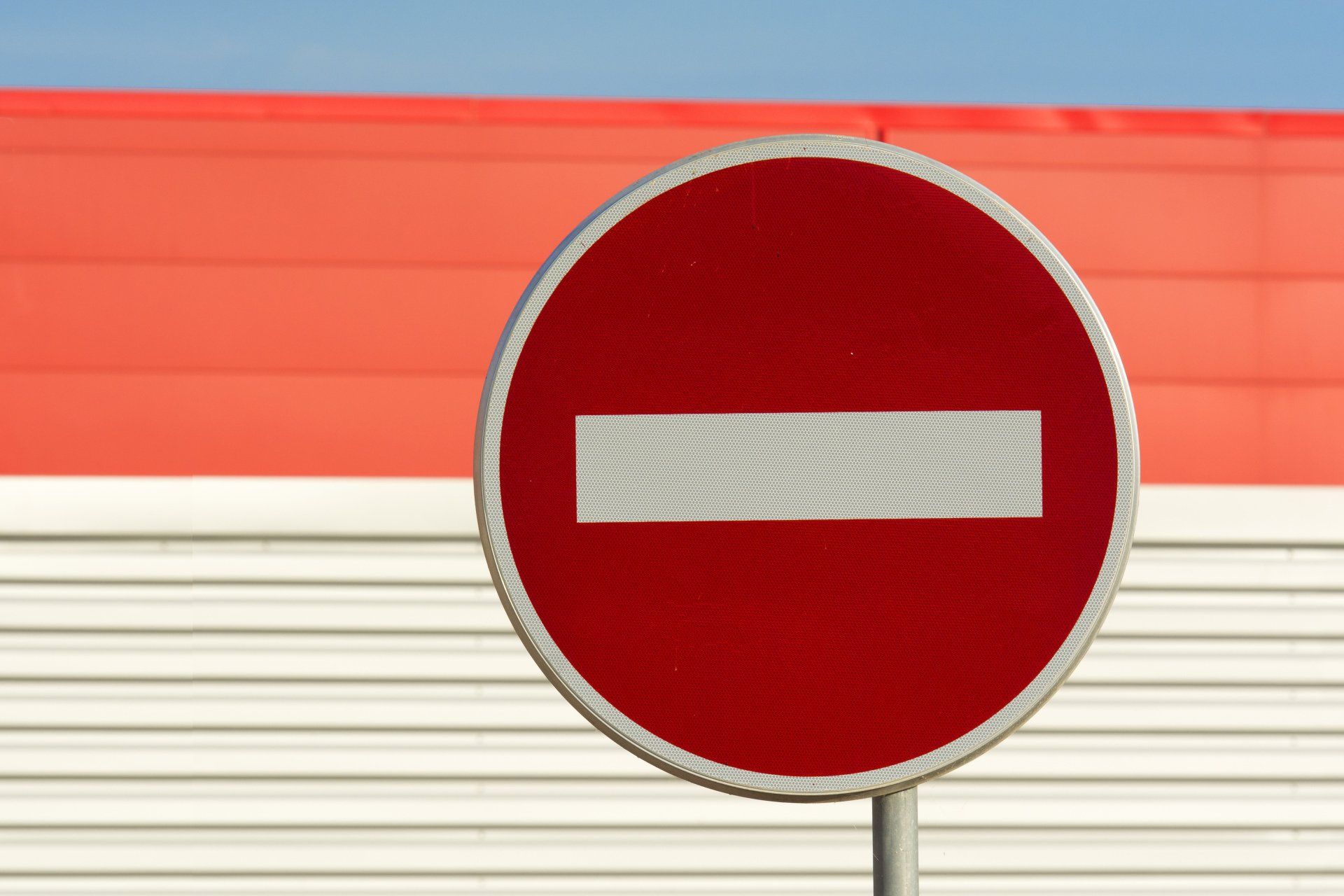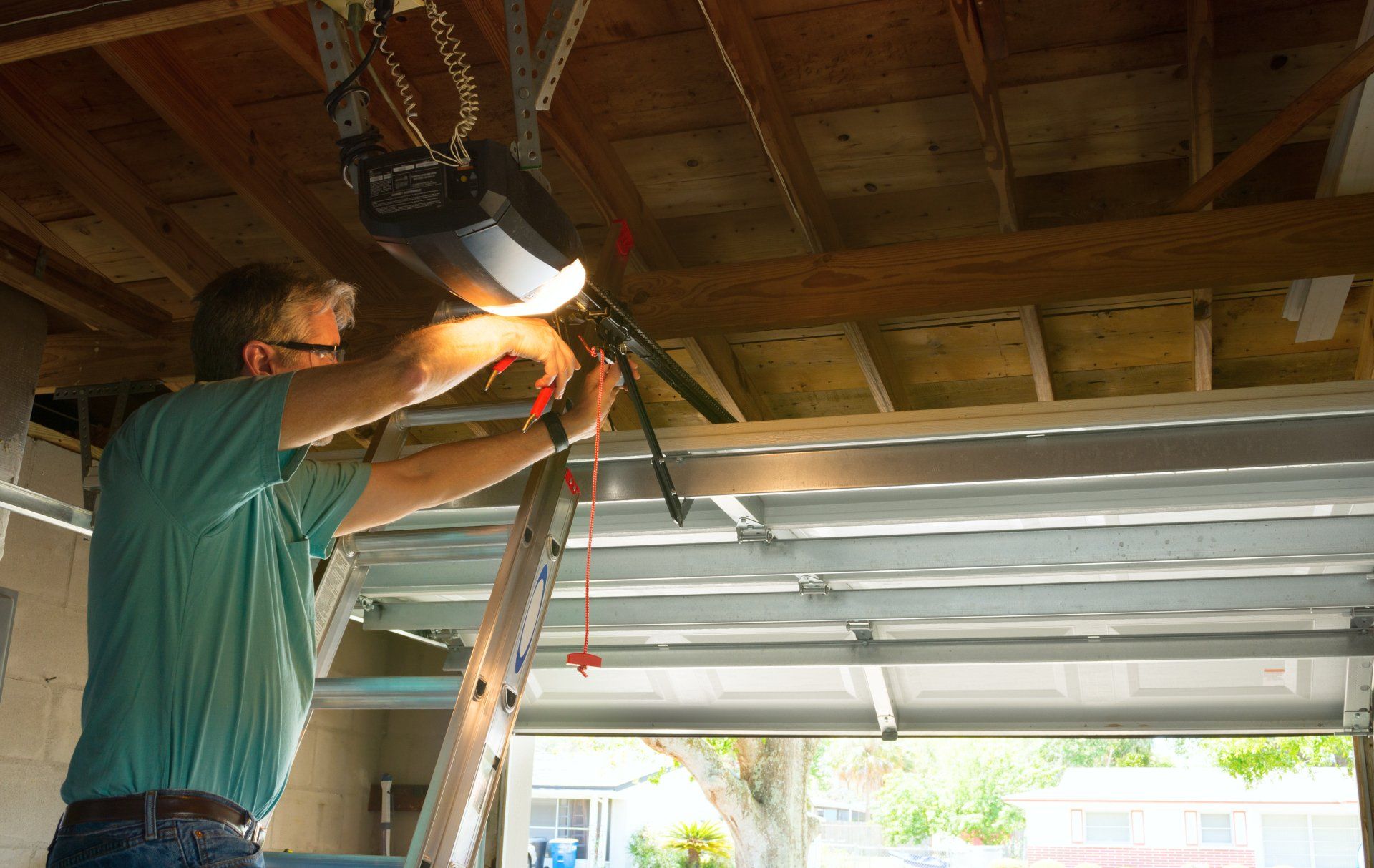Installations Are The Life Blood Of The Industry
Installing sectional overhead doors is the life blood to many companies in our industry. Whether it is in the new construction arena or the retrofit market, I would say that the majority of a door dealer’s business revolves around installing doors.

Staying competitive
To be competitive in a market, the dealer must know their costs, both for material and labor. For the profit margin to be at a level for the dealer to make a profit, a call back on a door installation can make or break it depending on the severity of the warranty issue. It is not unusual for door techs to go back to a job three or four times to finally ‘get it right’.

A list of ‘Top 10 Garage Door Installation Problems’ has been prepared before, but I believe it is an issue that constantly needs to be addressed by door dealers. There are reasons for this, such as products change in our industry, meaning new problems occur with new products. In addition to new products, think of the turnover of employees that you have faced in the last two years alone. Some dealers have experienced up to a 50% turnover with their installers. Constant retraining of these issues is imperative to the success of the dealership.
So here we go with the biggest garage door installation problems as I see them today:
List Of Top 10 Garage Door Installation Problems
1. Damage to the door during transportation.
This problem stems from abuse of loading the materials on top of a rack that is not properly setup to carry door sections. Either there is no protection between the sections and the rack, or too many sections were stacked on top of each other causing the bottom stack to be crushed. In addition, damage during transportation can occur by the sections being tied down or strapped too tightly crushing the edge of the sections through the protective cardboard wrap.
2. Opening measurements not confirmed with product ordered for the job.
Too many times installers will not take the time to confirm the jobsite location, size, headroom, opening conditions or even the product itself to make sure everything is correct before beginning the installation process. I have had it happen to me. I have taken down a door, unloaded a new door off the truck and discovered that it should have been an 18’ door instead of a 16’ door! Every installer should take a couple extra minutes to double check these items before starting the job.
3. Level not used to install the door.
This seems to be a problem for more and more installers. They don’t check, or don’t think it’s important to check if the bottom section is level when beginning to stack the sections in the opening. If the bottom section is not level, the tracks will be out of level. The biggest call back issue with this problem is that one of the cables will be slack when the door is open which can cause the cable to come off the drum in an extreme situation. Secondly, the door just won’t look right in the opening if it is installed out of level. A discerning homeowner will notice the problem immediately and call you back to fix the problem.
4. Track spacing too wide or too tight.
The issue here relates to the installer either being in too much of a hurry or not knowing the proper spacing requirements. Normally, one should space tracks 1 ½” from the edge of the door sections to the inside edge of the jamb brackets. Plumb means that the spacing is consistent top to bottom. Tracks that are too tight will cause the door to bind during its operation. If the tracks are spread too wide, the shifting of the door from side to side could cause one of the short stem rollers to come out of the sleeves that hold the stem – especially on the bottom corner brackets. Also, if the tracks are set too wide, the door can actually drift inside the edge of the outside perimeter weather strip that will prompt an immediate call back from the owner.
5. Torsion spring counterbalance assembly not installed level.
Here an installer does not normally use a level to confirm, but they should eyeball the shaft from the ground and see if there is a bow in the shaft. I have seen shafts mounted so low in the center that the top section actually clips the anchor bracket as the section makes the turn through the radius of the track. There will also be premature wear to the bearings from a shaft that is not installed level.
6. Spring Anchor Brackets not installed securely to wall or framework.
Whether it is a Commercial or Residential door, one of the most dangerous problems that can occur is when spring anchor brackets are not securely installed. If anyone has seen the damage done when a spring anchor bracket comes loose and spins from the spring unwinding, they know what I mean. Attention must be given by the installer when attaching the spring anchor bracket to assure that it is anchored correctly and securely.
7. Door not balanced correctly.
Several factors can contribute to a door not balancing. One can be that an incorrect amount of tension was applied to the springs. If an installer is not sure of how much tension to place on a spring, they should refer to the manufacturer’s written instructions, or read the tags on the hardware box or on the spring itself. Many times the manufacturer will include information on how many turns are to be applied. If in question, the installer should call their office for assistance. The other factor that can cause a door not to balance correctly is when the cable lengths are incorrect. This primarily pertains to doors that are installed on high-lift or vertical lift track configurations. An installer should know how to check to confirm that these cable lengths are correct.
8. Horizontal tracks not supported and braced correctly.
Problems can occur from the tracks being hung too tight or too wide in the back as well as being hung out of square to the rest of the door. Any one of these problems can cause the door not to operate correctly. On larger doors center hanging the horizontals is a necessity and one should refer to the manufacturer’s instructions on requirement for center hanging horizontal tracks. I would also recommend the proper size angle iron be used to support the track. The track on heavy commercial doors should not be supported with light gauge pre-punched angle iron.
9. Struts not applied to door sections correctly.
An improperly installed strut will do nothing for the support of the section especially the top section where support for a trolley operator is essential. It is important for every installer to understand where the strut is located for proper support of the section. The sections will fatigue and start to break prematurely if struts are not installed properly and in the correct location.
10. Improper application of hardware.
As I said in the beginning many new products are being introduced into our marketplace. New designs also include manufacturer specific hardware. Pinch resistant hardware for example is different than the normal hinges used on shiplap or tongue and groove door sections. It is critically important for installers to pay attention to what they are doing – especially the first time they install a new type of door. Mistakes can be made very easily if they are not very attentive.
Conclusion
I will continue to address installation matters in future issues. My hope is that this information will be shared throughout your company with the installers. Please feel to contact me with thoughts or suggestions to this or any other topic that you think needs to be addressed in future issues of International Door & Operator Industry.
FOR THE BEST GARAGE DOORS AND REPAIRS IN CAPE TOWN
FOR THE BEST GARAGE DOORS AND REPAIRS IN CAPE TOWN
CALL US NOW
021 552 5350
Navigation
Contact Us
Unit F111 Platinum Junction Business Park, 4 School St, Marconi Beam,
Cape Town, 7441
Business Hours
- Mon - Thu
- -
- Friday
- -
- Sat - Sun
- Closed
All Rights Reserved | Brano Industries Cape (Pty) Ltd
Website Design and Hosting by Doz Designs


